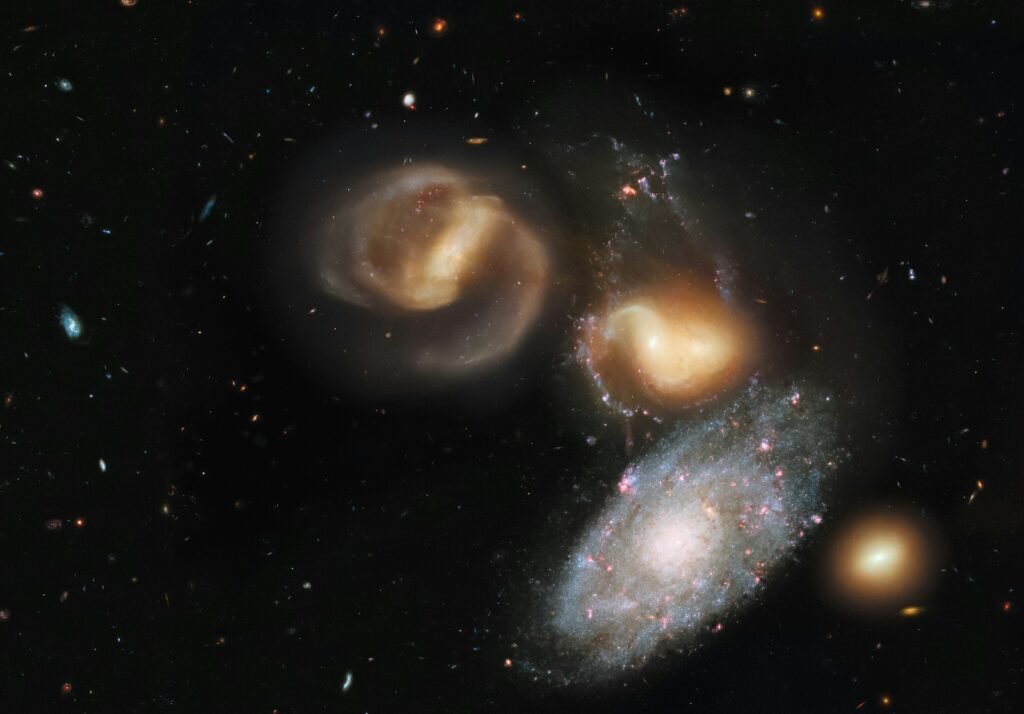The universe isn’t quiet; it rumbles in slow motion. When two galaxies drift close, gravity turns a gentle approach into an epic, multi‑billion‑year embrace. Astronomers have watched this drama unfold in snapshots – arcs of starlight, shredded gas, and ghostly streams that look like ripples frozen in time. The mystery is simple to ask and thrilling to answer: what truly happens when galaxies collide, and what do we learn about our own cosmic future? I still remember seeing my first image of the Antennae galaxies as a kid and feeling both small and oddly reassured – like the cosmos was telling us that change, even violent change, can sculpt beauty.
The Hidden Clues
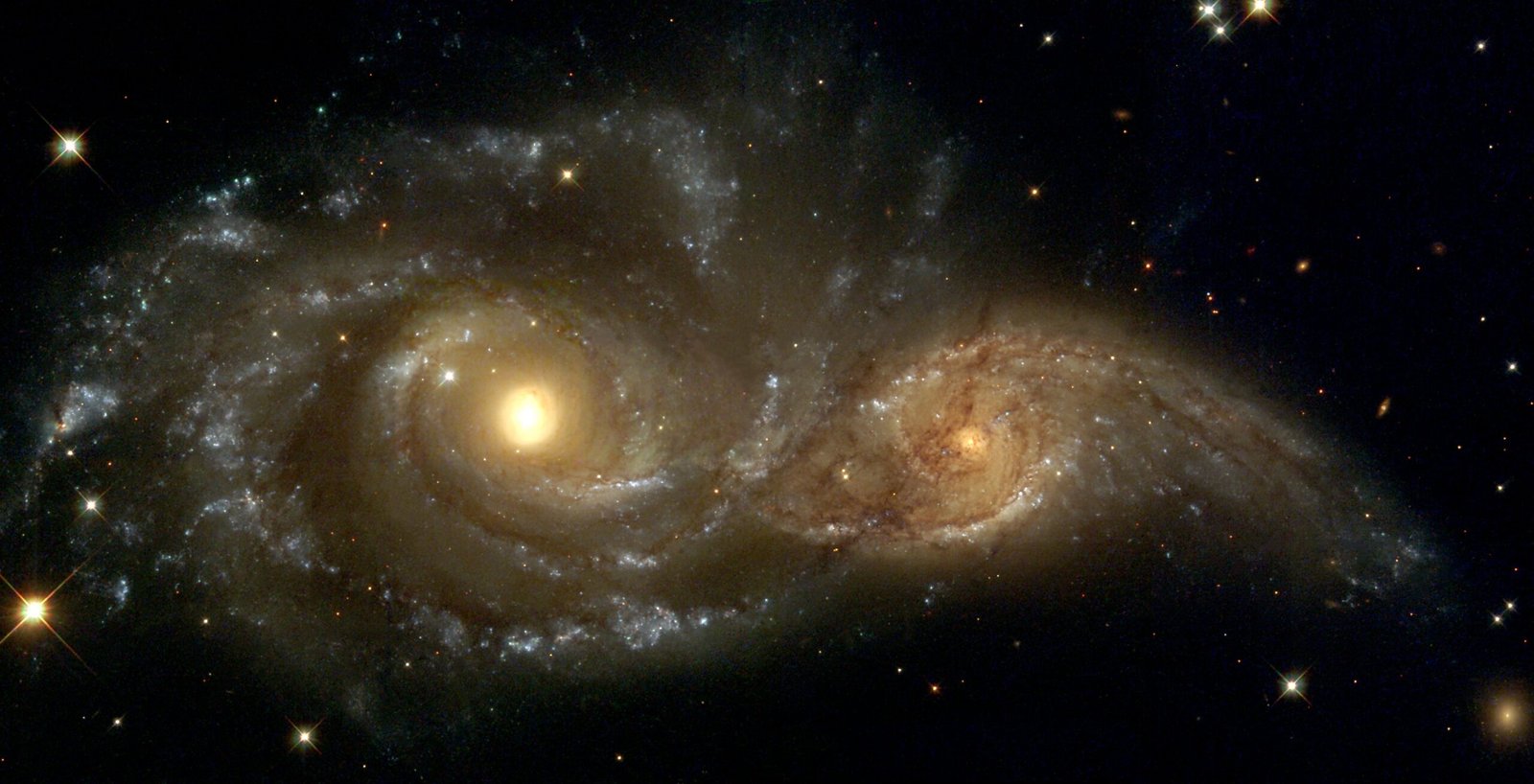
Here’s a surprise: most stars in colliding galaxies never touch each other. The distances between stars are so immense that even a head‑on galactic crash is more like two swarms of fireflies sailing through one another than a smash of billiard balls. The real chaos happens in the gas and dust, which compress, shock, and ignite new stars at a furious clip. Tidal forces stretch starlight into long tails, as if the galaxies were pulling threads from each other’s fabric. These tails and bridges become cosmic fingerprints, telling astronomers where gravity has tugged hardest and how the encounter played out.
Look closely and you’ll find compact star clusters lighting up like sparks flung from a bonfire. Some clusters survive to become ancient, globular companions of the merged galaxy, while others burn bright and fade. Streams of stars loop back toward the center, marking the orbits of material torn free and slowly raining down again. Even small knots within those streams can seed dwarf galaxies – modest islands of stars born from the wreckage. The clues are everywhere, if you know how to read them.
From Ancient Tools to Modern Science
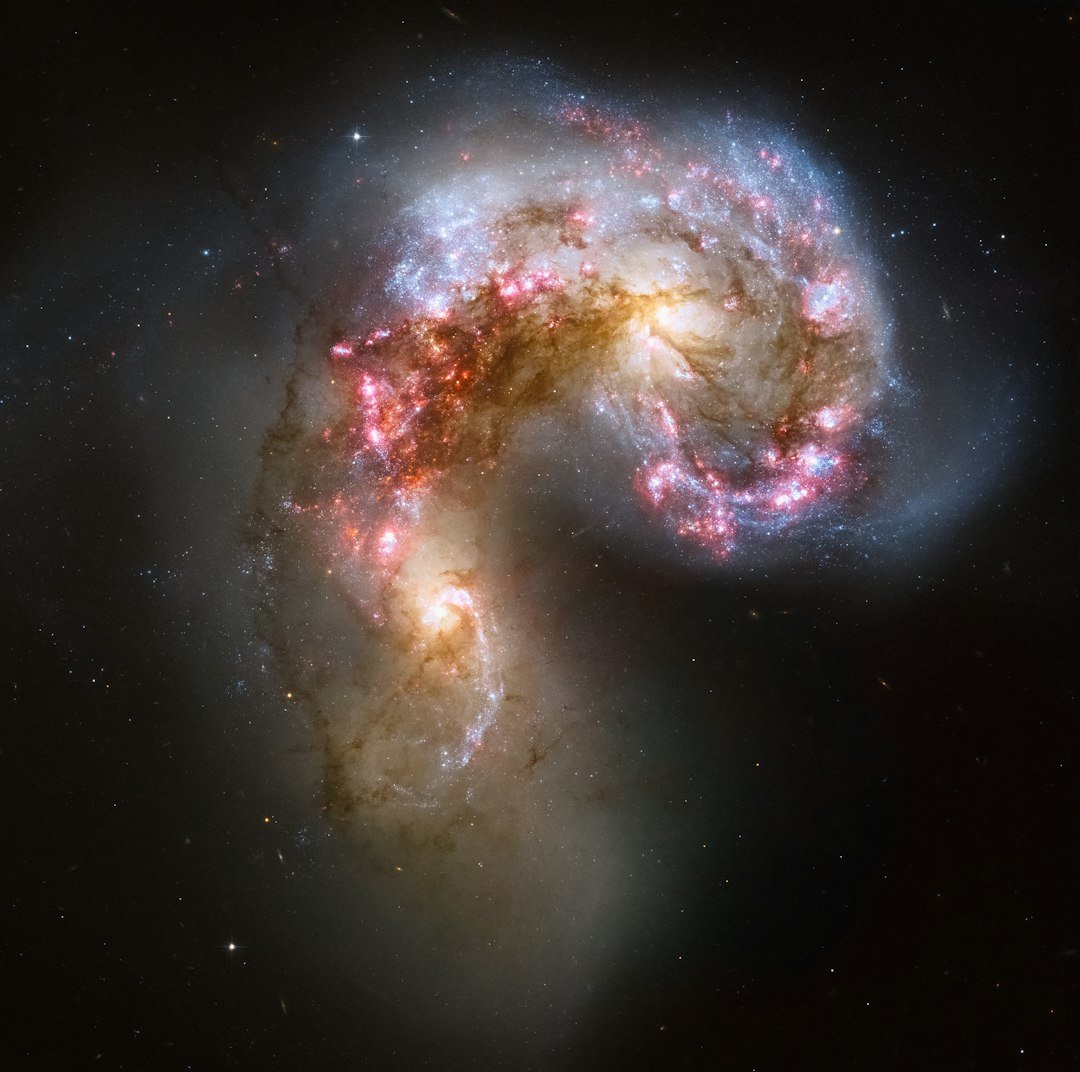
For centuries, observers labeled the faint fuzzies as nebulas and left it at that; the scale of the problem outran the tools at hand. Then came better mirrors, precise spectra, and the realization that those smudges were entire galaxies – some tangled together. Photography anchored the first atlases of interacting systems, showing arcs, bridges, and spirals twisted into baroque shapes that theory struggled to match. Eventually, powerful computers turned gravity and gas physics into code, letting researchers replay the dances and ask, “What initial push would make this exact shape?” Each simulation acted like a time machine, rewinding wreckage into a plausible past.
Space telescopes added wavelengths our eyes can’t see: infrared to pierce dust and track newborn stars, ultraviolet to count hot young clusters, X‑rays to map shock fronts and seething gas. Radio arrays revealed the cold hydrogen reservoirs destined to fuel future starbursts, while precision measurements of stellar speeds became the soundtrack to the collision. Bit by bit, a messy picture sharpened: collisions are not rare accidents but essential chapters in how galaxies grow. The modern view isn’t destruction – it’s transformation.
The Dance of Gravity
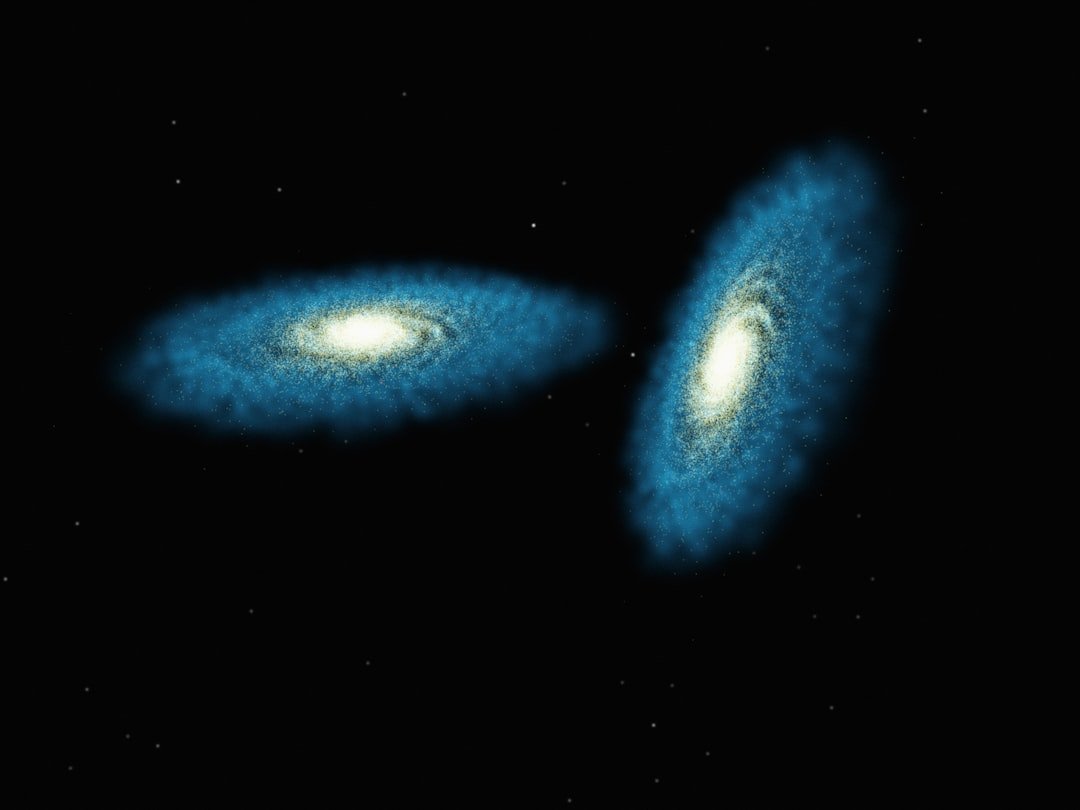
When two galaxies approach, their halos of dark matter feel each other first, nudging the paths into a spiraling courtship. Tidal forces pull out thin, luminous filaments and fling stars into elongated loops that can stretch for hundreds of thousands of light‑years. Gas clouds slam into gas clouds, lose energy, and sink toward the center, piling up like traffic in a bottleneck. That inflow compresses the gas, igniting star formation that can climb many times above the galaxy’s usual pace. The result is a stellar growth spurt – short by cosmic standards, but spectacular while it lasts.
Meanwhile, the galaxies shed orbital energy through a process called dynamical friction, gradually drawing their cores closer with each pass. After a few close encounters – sometimes two, sometimes several – their disks crumple, their central regions swell, and the pair becomes one. The final remnant often looks more spheroidal than spiral, with randomized stellar orbits where smooth, orderly rotation once ruled. Over time, the new galaxy settles, its violent youth written in faint shells and ripples around its edges. You can think of those layers as tree rings sculpted by gravity.
Black Holes on a Collision Course
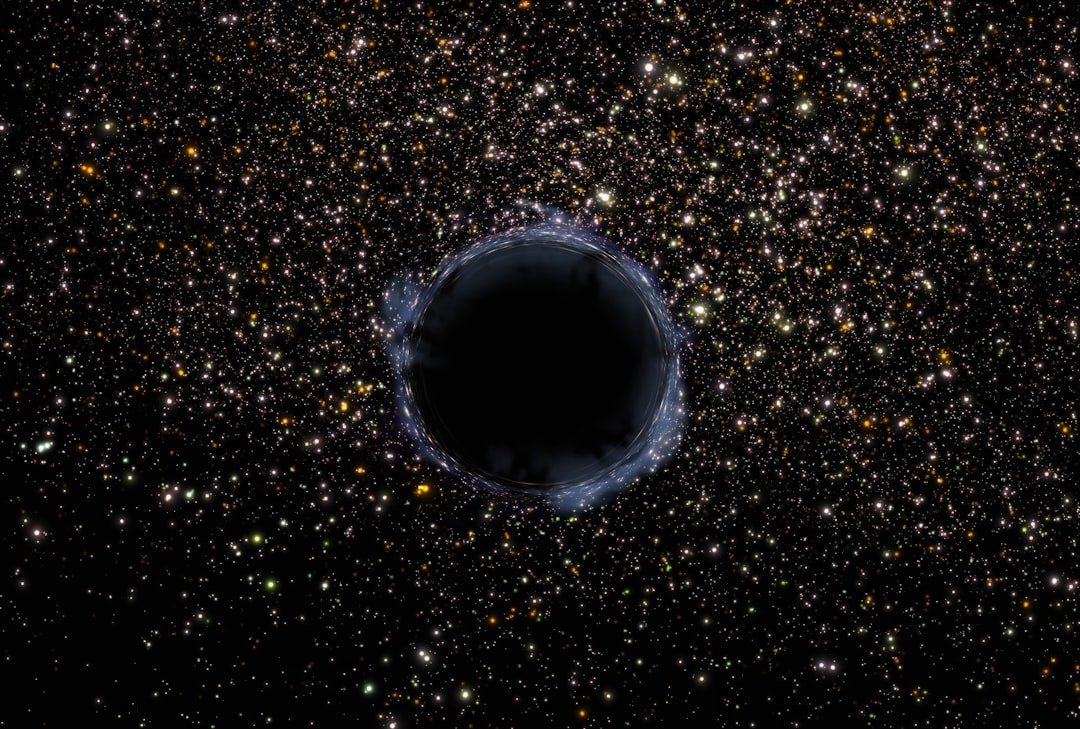
Nearly all large galaxies harbor a supermassive black hole, and mergers turn two into a bound pair. As gas streams toward the center, it can feed one or both black holes, brightening galactic cores and, in some cases, launching energetic outflows. The pair drifts inward, first by stirring stars and gas, then by radiating low‑frequency gravitational waves that quietly carry energy away. Eventually – though it can take a long time – the black holes coalesce, releasing a final surge of gravitational radiation and a merged giant at the core. The cosmic ripple is gentle to us but immense in scale, a whisper that spans the universe.
Astronomers are beginning to hear that background hum through exquisitely timed pulsars, a clue that many such binaries are out there evolving toward union. In the coming decades, space‑based detectors are slated to catch individual supermassive black hole mergers, turning predictions into direct evidence. That will let researchers measure how often giant galaxies collide and how quickly their black holes pair up. It could also reveal unexpected physics in the final, furious moments before coalescence. For now, the theory is strong, and the hints we see are lining up with it.
A Glimpse of Our Own Fate
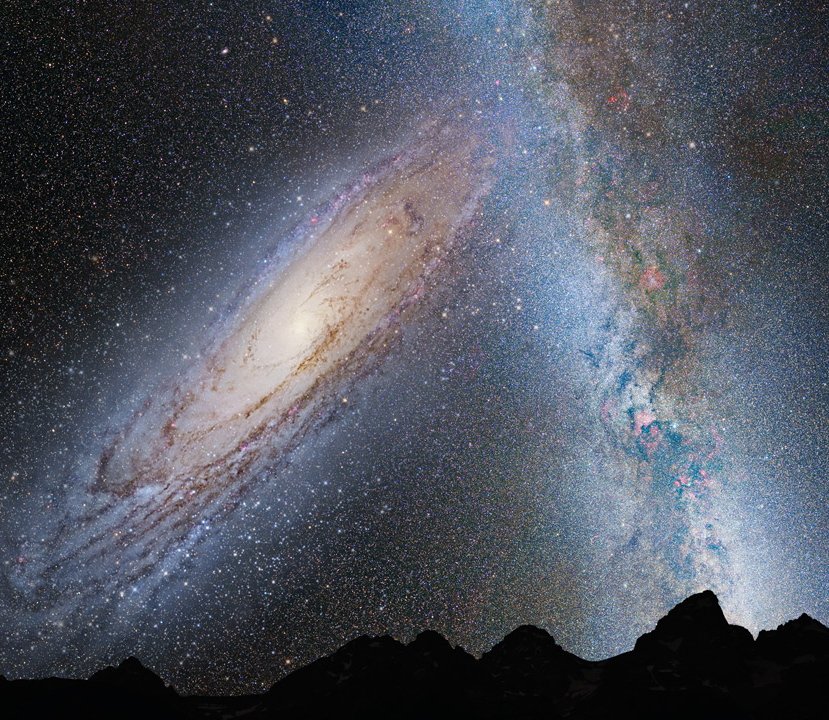
The Milky Way and the Andromeda galaxy are on a slow-motion collision course, a rendezvous slated for roughly four to four and a half billion years from now. Long before that, the night sky will change as Andromeda swells from a smudge into a sprawling, braided structure. Despite the drama, the odds of our Sun striking another star stay vanishingly small. Planets will feel the reshaped gravitational landscape, but the dominant effects play out across the galaxy, not in our backyard. If anything, the most unforgettable change would be the view: great arcs of starlight unfurling overhead like silver storm fronts.
After a series of passes, the two spirals should settle into a single, larger galaxy – often nicknamed, with tongue in cheek, a Milkomeda-like remnant. New star formation may flare, then decline as gas is used up or heated out of reach. The Sun, then a redder, older star, will carry Earth along on whatever orbit the remnant grants us. Our species won’t be around to watch, but the physics is patient, and the script is already being written. It’s strange comfort, knowing our home galaxy is part of a grand routine rather than an exception.
Why It Matters
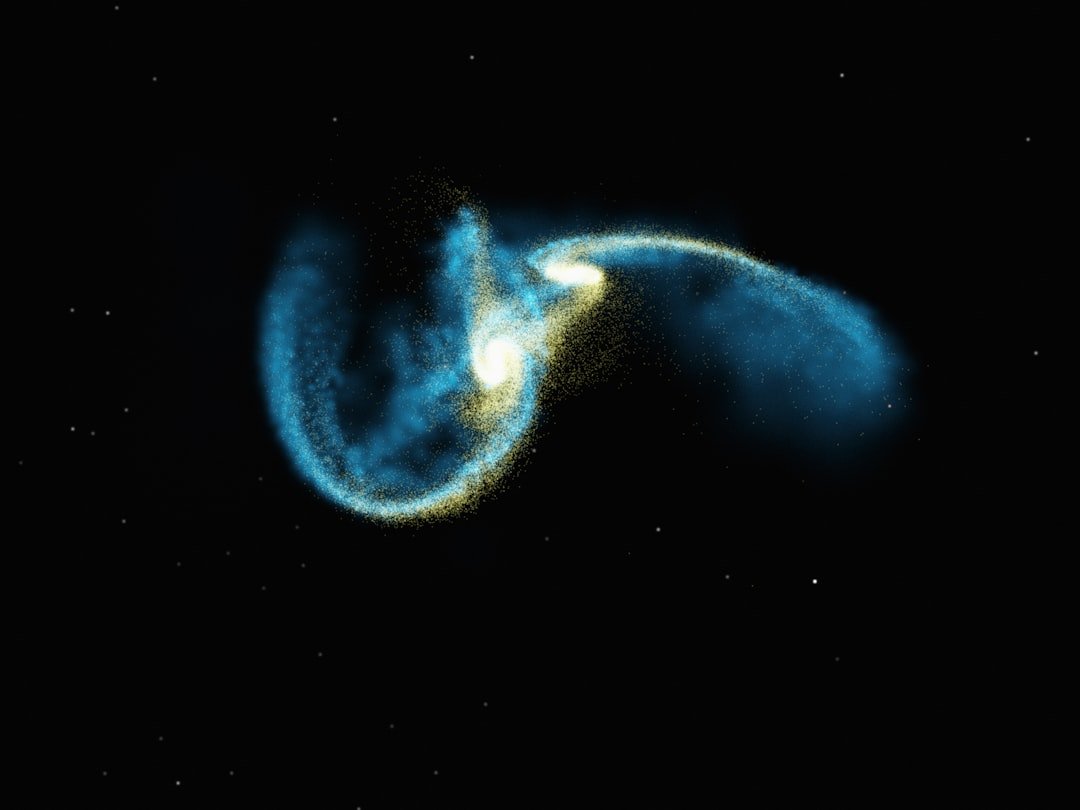
Galaxy mergers aren’t just cosmic fireworks; they’re the engines of growth in a universe built from mergers large and small. Without them, many giant galaxies wouldn’t exist, and central black holes might not have grown into the titans we infer today. The process redistributes matter, triggers starbursts, and shapes the sequence of galaxy types we see across cosmic time. It also imprints signatures that let astronomers reconstruct history, the way geologists read mountains and riverbeds. In that sense, a merger is both an experiment and an archive.
Comparing today’s multi‑wavelength observations with high‑resolution simulations stress‑tests our understanding of gravity, gas physics, and feedback from stars and black holes. Traditional approaches once relied on static images; now time‑domain surveys catch systems mid‑change, and models replay the action frame by frame. If predictions match morphology, stellar ages, and gas motions, confidence rises; if not, the physics must be refined. The payoff is practical: the same hydrodynamics and radiation processes appear in everything from star formation to planetary disks. Understanding collisions sharpens every other cosmic tool we use.
The Future Landscape
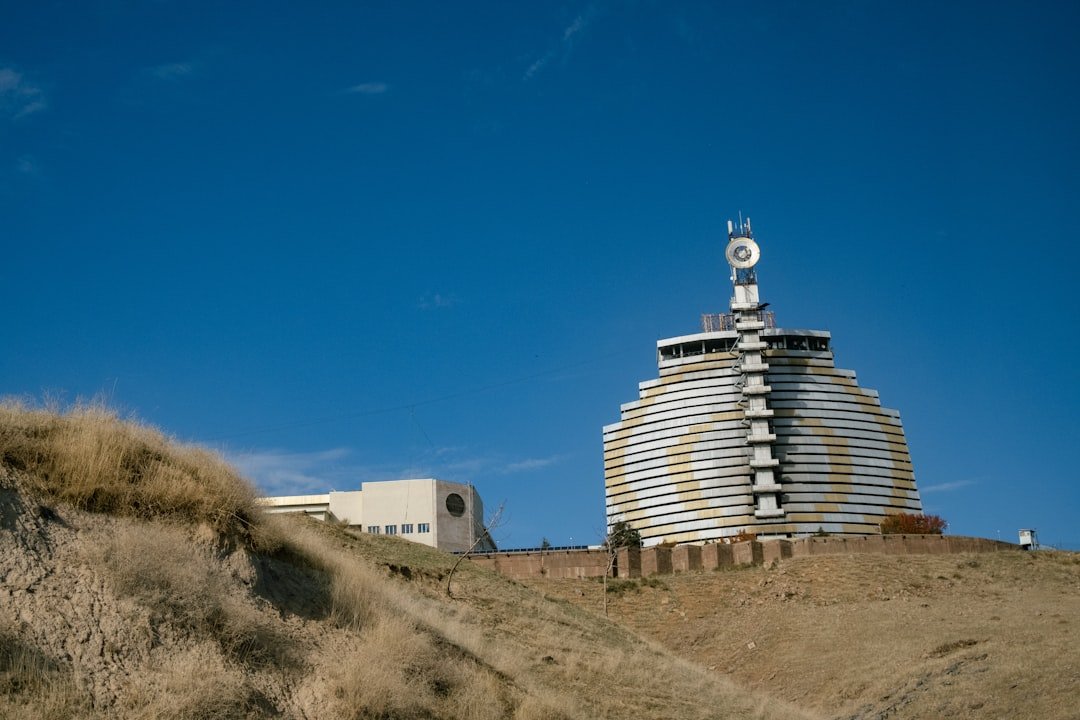
Next‑generation observatories will turn the dial from pretty pictures to precision timelines. Infrared and radio facilities will weigh cold gas with surgical accuracy, while optical and ultraviolet surveys will chart star formation as it flares and fades. Space‑based gravitational‑wave detectors are planned to listen for the bass notes of supermassive black hole mergers, offering a clean test of how and when the biggest players unite. Meanwhile, adaptive optics and interferometry will resolve crowded galactic centers where the action is fiercest. It’s like upgrading from weather snapshots to a high‑resolution forecast model.
On the computing side, exascale simulations will capture both the grand sweep and the gritty small‑scale physics that steer gas into stars. That means better predictions for how often tails spawn dwarf galaxies, how long starbursts last, and when feedback shuts them down. We’ll also watch for surprises – oddly shaped remnants, stalled black hole pairs, or mergers that refuse to quench star formation. Each anomaly is a lever for new physics. The global implication is simple: as our instruments mature, the universe becomes a lab we can actually measure, not just admire.
Conclusion
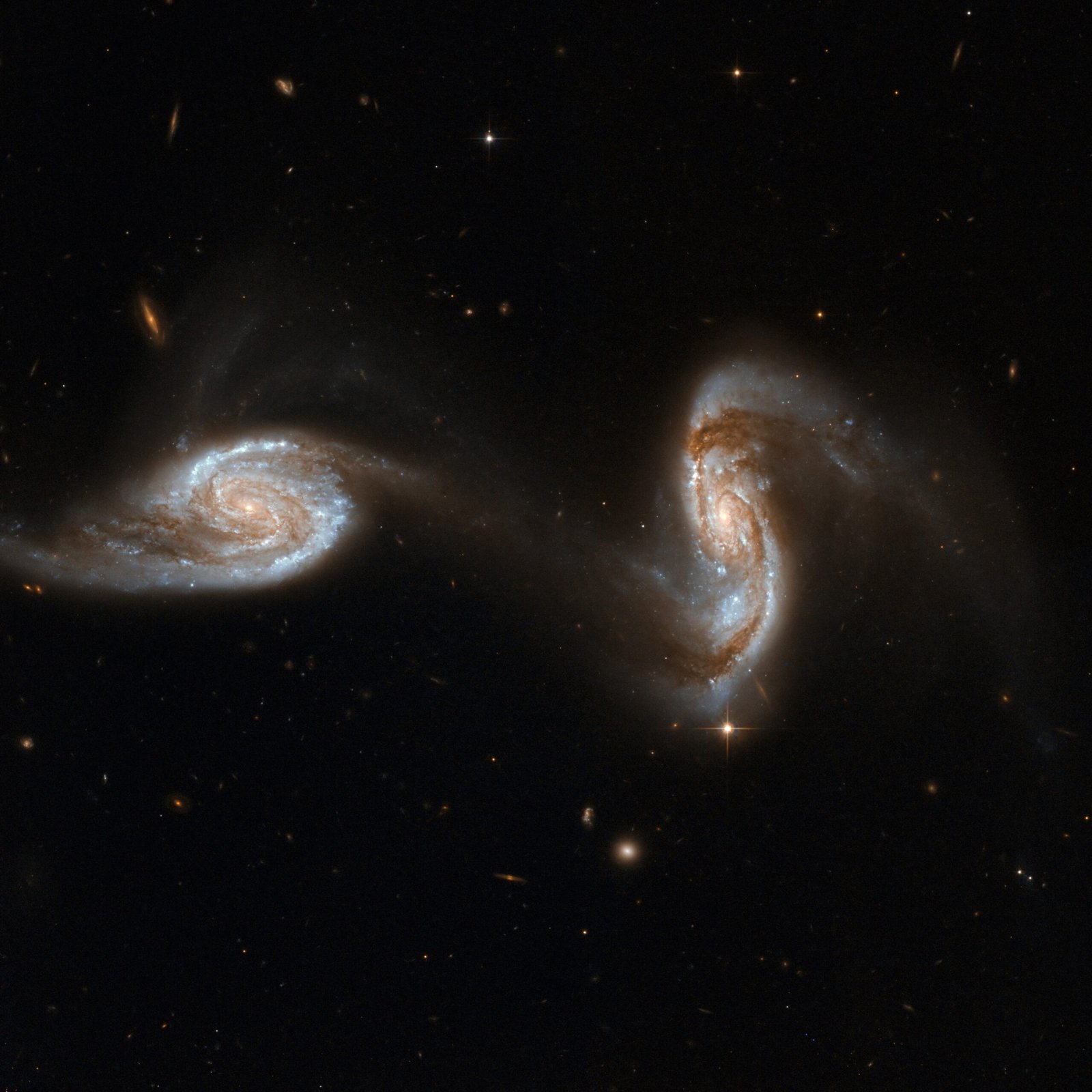
Curiosity scales beautifully, and you don’t need a telescope to join in. Explore public image archives and citizen‑science projects that let you help classify interacting galaxies; many discoveries start with attentive eyes. Support dark‑sky initiatives in your community – less light pollution means better data for observatories chasing faint tidal streams. If you’re able, back research institutions and student programs that build the next generation of instruments and analysts. Even sharing a striking merger image with a friend keeps the conversation alive and the questions coming.
And if you do have access to a small telescope, spend a night with known interacting pairs visible from your location; watching their uneven shapes glow in real time makes the story feel immediate. Read observatory blogs to track fresh results, from new tidal tails to candidate black hole binaries. Ask schools and libraries to host astronomy nights, because a single look through an eyepiece can turn a casual interest into a lifelong habit. The universe is drafting its next chapter in slow, luminous handwriting. Don’t just read about it – be part of the margin notes.

Suhail Ahmed is a passionate digital professional and nature enthusiast with over 8 years of experience in content strategy, SEO, web development, and digital operations. Alongside his freelance journey, Suhail actively contributes to nature and wildlife platforms like Discover Wildlife, where he channels his curiosity for the planet into engaging, educational storytelling.
With a strong background in managing digital ecosystems — from ecommerce stores and WordPress websites to social media and automation — Suhail merges technical precision with creative insight. His content reflects a rare balance: SEO-friendly yet deeply human, data-informed yet emotionally resonant.
Driven by a love for discovery and storytelling, Suhail believes in using digital platforms to amplify causes that matter — especially those protecting Earth’s biodiversity and inspiring sustainable living. Whether he’s managing online projects or crafting wildlife content, his goal remains the same: to inform, inspire, and leave a positive digital footprint.

